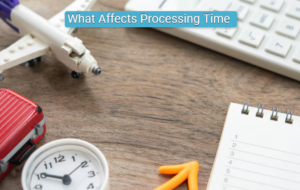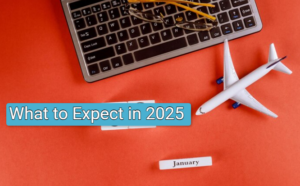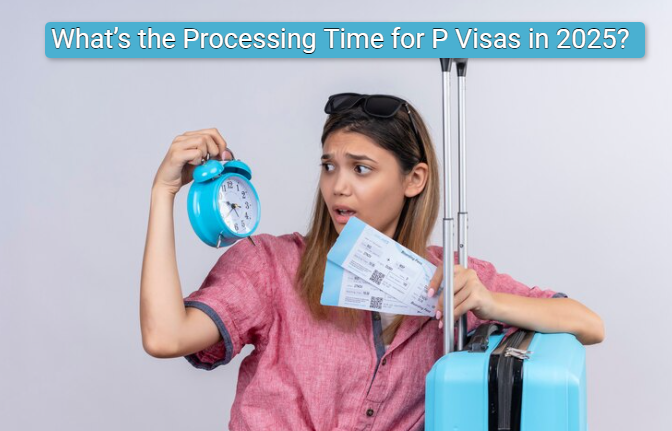You’re an athlete, artist, or entertainer looking to travel to the U.S. Understanding the processing time for P Visas in 2025 is very important. Tighter immigration checks, higher numbers of applications, and residual USCIS backlogs could mean delays. By having a clear understanding of P Visas, you can focus on scheduling your travel, bookings, and legal residence without worry.
Let’s get into what a P visa is, the breakdown of timelines, and how to optimize the system, whether applying for the first time or converting from a P visa to a green card.
1. What is a P Visa, and who is it for?

A US P visa is an immigrant visa given to world-renowned athletes, entertainment groups, and cultural entertainers. It permits foreign nationals to work in the United States temporarily under a sponsor from the US.
Categories:
- P-1A Visa: For world-renowned athletes or teams
- P-1B Visa: For entertainment groups with worldwide recognition
- P-2 Visa: For artists under exchange programs with reciprocity
- P-3 Visa: For artists and entertainers participating in culturally unusual programs
Every category has variations of P visa requirements, such as documents to demonstrate recognition, agreements with U.S. employers, and performance schedules.
They also create variability in I 129 processing time, the fundamental USCIS form needed to apply for the P visa.
2. P Visa Processing Time in 2025: An Overview
Regular Processing:
Regular processing for a P visa in 2025 with Form I-129 is between 3 to 6 months, depending on the USCIS center and the number of cases received.
For instance:
- California Service Center: Avg. 4.5 months
- Vermont Service Center: Avg. 3.5–5 months
- Texas/Nebraska: Generally don’t process P categories
This is why it is important to check the USCIS center processing times weekly to stay up-to-date.
Premium Processing:
USCIS offers a 15-calendar-day turnaround through premium processing for Form I-129, which includes P visas. Although expensive (currently $2,805), it’s a lifesaver for high-pressure performances or competitive events.
Tip: Premium processing doesn’t guarantee approval—just quicker decision-making. RFEs (Requests for Evidence) can cause delays anyway.
3. What Affects Processing Time

There are several reasons why it takes as long as it does to obtain a P visa in 2025, including:
- Classification of P Visa (P-1A athletes tend to receive faster approvals than P-3s)
- Completeness of Application – Absent evidence causes RFEs
- Workload at the Service Center – Updated on the processing times USCIS portal
- Previous year backlogs
- Change of status vs. consular processing
Internal documents such as Form I-129 are also directly connected to the timeline. An error in this document may extend your I-129 processing time by months.
4. P Visa Application Timeline Breakdown
Here’s a general breakdown of the step-by-step timeline for 2025:
- File Form I-129 with USCIS
- Receipt Notice (approximately 2 weeks after filing)
- USCIS Review (usually 3–6 months)
- Approval or RFE
- Consular Processing (if filing outside the U.S.)
- Visa Interview and Issuance (2–3 weeks)
- Travel and Entry to the U.S.
If premium processing is utilized, the third step is shortened to 15 calendar days. However, don’t forget to include a green card wait time if you’re changing status later.
5. P Visa at U.S. Embassies and Consulates
Once your petition is approved by USCIS, you’ll go through consular processing. Processing time here is subject to:
- The workload of the U.S. embassy/consulate
- Availability of visa appointments (country-dependent)
- Potential administrative processing delays (standard for large groups or cultural programs)
Interview and issuance wait times can be monitored through the Department of State’s visa bulletin and scheduling system. Though separate from USCIS, it’s still connected to overall USCIS processing times for I-130 and other form-based metrics.
6. P Visa to Green Card: Transition Timeline

Though the P visa is nonimmigrant visa, some performers and athletes will eventually pursue permanent residence. The transition from a P visa to a green card generally follows this route:
- Sponsorship by the employer on Form I-140
- Simultaneous filing of Form I-485
- Authorization to work and biometrics
- Green card interview and approval
In 2025, I 485 processing times are averaging between 10 and 14 months, depending upon the service center.
Similarly, I 140 current processing date differs by industry and priority date, which is important to follow for those waiting for green cards.
7. Can You Expedite a P Visa in 2025
Whereas P visas are already eligible for premium processing, which expedites the I 129 processing time to 15 calendar days, there are alternative approaches applicants might pursue if the premium isn’t feasible.
Premium Processing:
- Eligible for all categories of P visas
- Fee currently: $2,805
- Timeline: 15 calendar-day decision
- May be requested upon filing or after filing
USCIS Expedite Requests (Non-Premium):
You can file for a discretionary expedited request if:
- There’s a severe financial loss to a company or person
- There’s an urgent humanitarian reason
- It’s for the interest of U.S. national security or public benefit
- A nonprofit organization is involved
While it’s harder to get approved, knowing how to frame your request can help. However, expedited requests are often rejected due to a lack of evidence or urgency.
Monitoring such expedite policies and processing times via USCIS news channels is important for making timely and informed decisions.
8. Frequently Experienced Delays and Avoid Them
There are processing delays for the P visas brought on by multiple preventable errors and situations. The most popular among those include:
- Incomplete I-129 Petitions: Inadvertently lacking a signature, compulsory supplementations, or documents required
- RFEs (Request for Evidence): Usually precipitated by ambiguous descriptions of cultural distinctiveness or absence of performance itinerary
- Incorrect Filing Fee or Payment Method
- Service Center Misalignment: Filing in the wrong service center can cause an avoidable delay
- Group Filings without Individual Evidence: All members in the group must individually satisfy eligibility for P-1B and P-3
To Prevent Delays:
- Consult an experienced immigration attorney
- Verify the USCIS address and fee details twice
- Include all relevant supporting material at the time of filing
- Keep records of submission, tracking numbers, and USCIS receipts
Delays often impacts longer-term timelines like green card wait times or I-485 processing times, so getting it right from the beginning is critical.
Final Thoughts: What to Expect in 2025

Dealing with the U.S. immigration process is complicated, particularly for temporary performers and athletes. In 2025, processing times have stabilized but still demand careful planning, on-time filing, and strong documentation to prevent delays.
Staying current with USCIS processing times helps to avoid delays.
Need Help Navigating the P Visa Process in 2025?
At Passage Immigration Law, we are experts at helping athletes, artists, and entertainers realize their U.S. dreams: we provide insight, legal guidance, and peace of mind.
Have our knowledgeable immigration lawyers advise you on your next step. Book your consultation today.







